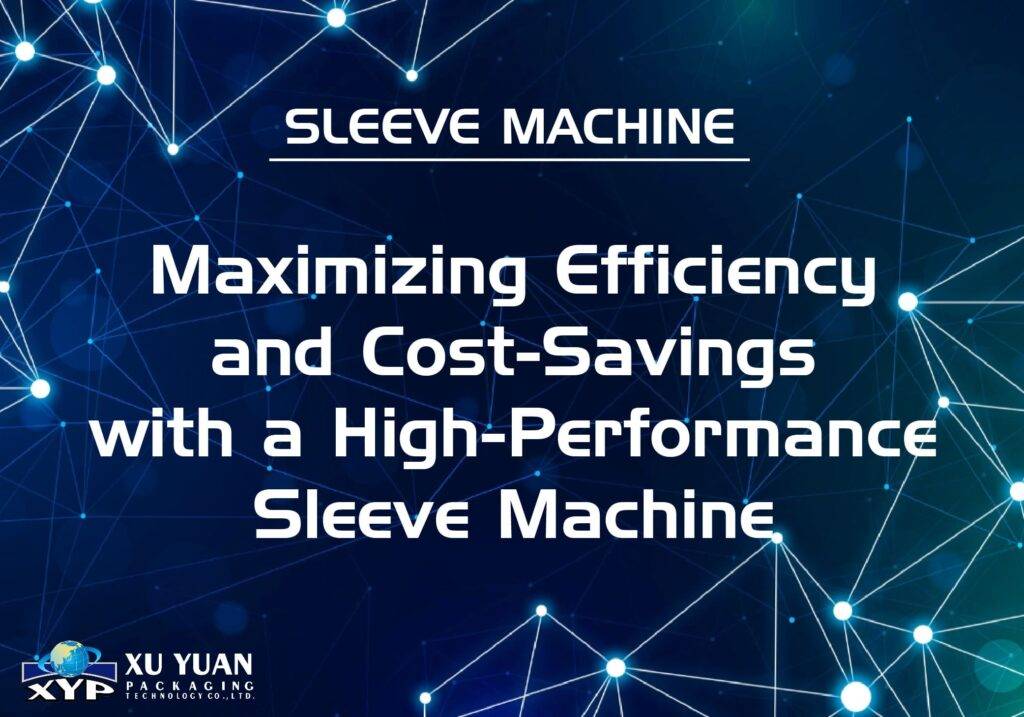As a business owner, you are always looking for ways to improve efficiency and reduce costs. One way to achieve this is by investing in a high-performance sleeve machine. In this article, I will introduce you to sleeve machines, discuss their benefits, compare shrink sleeve machines to sleeve labeling machines, explain how they work, highlight factors to consider when choosing a sleeve machine, provide common applications of sleeve machines, offer tips for maximizing efficiency and cost-savings with a sleeve machine, explain maintenance and repair, and finally, discuss the best sleeve machines in the market.
Introduction to Sleeve Machines.
Sleeve machines, also known as sleeve applicators or sleeve labeling machines, are used to apply shrink sleeve labels to containers or products. They are widely used in the food and beverage, pharmaceutical, and cosmetic industries. Sleeve machines come in different types and sizes, and they can handle various container shapes and sizes.
The Benefits of Using Sleeve Machines.
Sleeve machines offer several benefits to businesses. For one, they enhance the appearance of products and containers by providing 360-degree coverage, which allows for more space for branding and marketing messages. Additionally, they offer tamper-evident protection, which ensures the safety and integrity of products. Sleeve machines can also reduce packaging costs and waste by using thinner and lighter materials than traditional labeling methods.
Types of Sleeve Machines - Shrink Sleeve Machine vs Sleeve Labeling Machine.
There are two main types of sleeve machines – shrink sleeve machines and sleeve labeling machines. Shrink sleeve machines use heat to shrink the label onto the container. They are ideal for containers with irregular shapes or those that require a tight fit. Sleeve labeling machines, on the other hand, use adhesive to attach the label to the container. They are best suited for containers with consistent shapes and sizes.
How Does a Sleeve Machine Work?
Sleeve machines work by feeding sleeves or labels from a roll onto a mandrel. The mandrel then applies heat or adhesive to the label, activating it and allowing it to conform to the container’s shape. The container then passes through a heat tunnel or a labeling station, where the label is shrunk or adhered to the container, respectively. The labeled container then exits the machine and is ready for shipping or further processing.
Factors to Consider When Choosing a Sleeve Machine.
When choosing a sleeve machine, several factors should be considered to ensure maximum efficiency and cost-savings. The first factor is the type of sleeve machine – shrink sleeve or sleeve labeling machine. The size and shape of the container to be labeled should also be considered, as well as the speed and accuracy of the machine. Other factors include the cost of the machine, maintenance requirements, and the availability of spare parts and technical support.
Common Applications of Sleeve Machines.
Sleeve machines are used to label a wide range of products and containers, including bottles, jars, cans, and boxes. They are ideal for labeling products in the food and beverage industry, such as sauces, juices, and snacks. They are also used in the pharmaceutical industry to label medicine bottles and in the cosmetic industry to label perfume bottles and other beauty products.
Tips for Maximizing Efficiency and Cost-Savings with a Sleeve Machine.
To maximize efficiency and cost-savings with a sleeve machine, there are several tips to consider. First, ensure that the machine is properly calibrated and maintained to prevent downtime and costly repairs. Second, use the appropriate sleeve or label material to avoid waste and ensure the quality of the label. Third, optimize the speed of the machine to match the production line’s speed. Other tips include investing in operator training, minimizing changeover times, and monitoring the machine’s performance to identify areas for improvement.
Maintenance and Repair of Sleeve Machines.
Like any other machine, sleeve machines require regular maintenance and occasional repairs to ensure their optimal performance. Routine maintenance includes cleaning the machine, checking and replacing worn or damaged parts, and lubricating moving parts. Repairs may include replacing belts, motors, and other components. It is important to work with a trusted and reliable supplier to ensure prompt and effective maintenance and repair services.
Best Sleeve Machines in the Market.
There are several high-quality sleeve machines in the market, each with its unique features and capabilities. Some of the best sleeve machines in the market include the Krones Sleevematic M2, the PDC R-300, and the Accraply Trine Roll-Fed. Before selecting a sleeve machine, it is important to evaluate its specifications and features to ensure it meets your production requirements and budget.
Conclusion
Sleeve machines are an excellent investment for businesses looking to enhance their product packaging, reduce costs, and improve efficiency. By understanding the different types of sleeve machines, their benefits, and factors to consider when choosing a machine, businesses can make informed decisions that lead to maximum efficiency and cost-savings. With proper maintenance and repair and by implementing best practices, businesses can ensure their sleeve machines continue to operate at their optimal performance.



